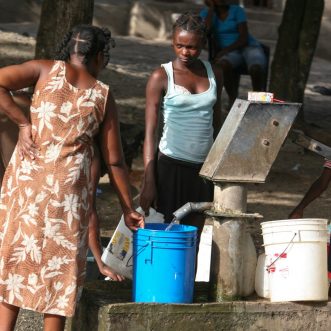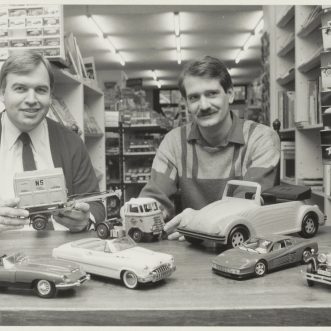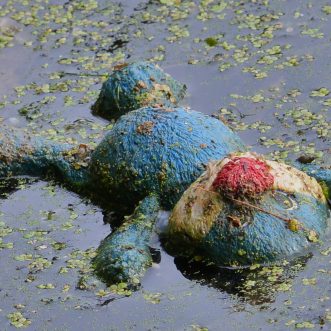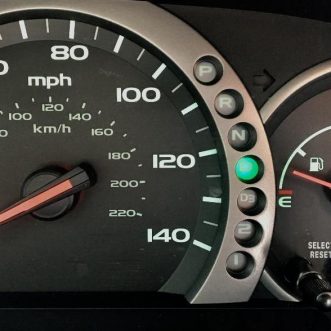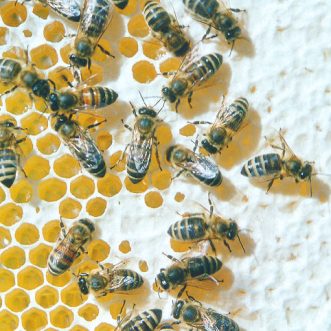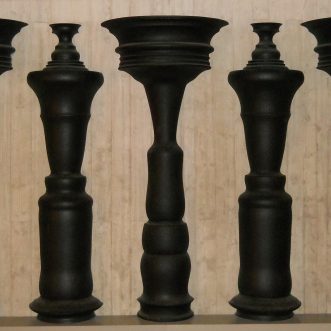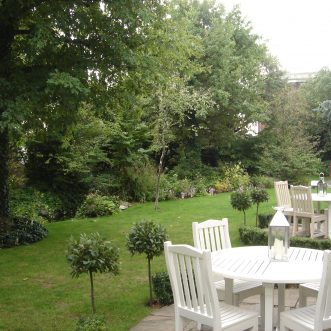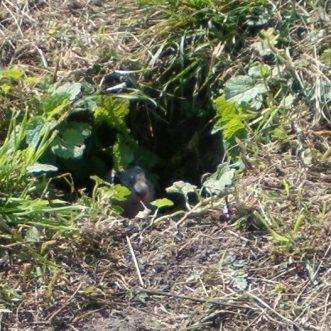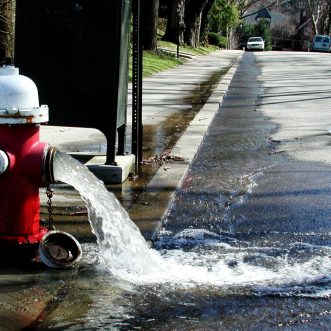
Flows
We’re familiar with the idea of flows in business – people flow through a sales pipeline, and add to our stock of customers and our stock of cash. Often though, that’s where the metaphor ends for us.
It doesn’t end for the business though – the promises we make to those customers flow through our delivery system and add to our stocks of promises kept.
Promises kept may in turn result in repeat business and/or referrals, which also add to our stocks of customers and cash. The promises we don’t keep drains our stock of customers, and another valuable resource, our credibility or ‘reputation’.
A business is a system, and every resource in a business, whether tangible like cash or equipment, or intangible like reputation or staff morale is continuously being topped up or drained through flows, and in turn influences other flows.
It makes sense then, to design our pipes to maximise the resources we want to build and minimise the leaks.
